PÉRDIDAS PREVISTAS DE 300 MM € POR SUBIDA DE MATERIAS PRIMAS Y LUZ
Según estimaciones del Ministerio de Agricultura, Pesca y Alimentación, el coste por tonelada de pienso para el pollo había crecido ya un 26,20% desde enero 2020 hasta agosto de 2021. En el caso del pavo ha llegado a superar el 23%.
A esto se une el coste de los precios de la luz, que se ha multiplicado por 6 en un año, lo que supone un impacto en cada ave de 5 céntimos por kg, siendo imprescindible para la incubación, crianza y procesado de las mismas.
MADRID, 18 de octubre de 2021
Los datos de evolución de precios de materias primas para piensos del Ministerio de Agricultura, Pesca y Alimentación (ver informe) muestran una situación crítica para el sector avícola. Desde enero de 2020 a agosto de 2021, el coste de pienso para pollo, el más común en las cadenas de distribución, subió un 26,20%, pasando de los 297,42 € por tonelada a los 375,37 €. Extrapolando los datos a los 600 millones de ejemplares que se producen al año en nuestro país, con una media de 3,9 kilos de alimentación para su engorde, solo en ese ámbito se estima un sobrecoste de más de 198 millones de euros. Este sobrecoste supone pasar de 1,13€ por alimentación de ejemplar a 1,46€, más de 0,33€ por pollo.
Estos incrementos también afectan a otro producto muy común en nuestra dieta: el pavo. El coste de pienso de engorde ha pasado de los 293,22€ por tonelada en enero de 2020 a los 362€ actuales (un 23,4% más). Un ejemplar de 10 kg de peso puede requerir hasta 24 kg de alimentación a lo largo de su crianza (suelen estar entre los 8 y los 17 kg de peso/ejemplar). De enero de 2020 a septiembre de 2021 el coste de alimentar a un pavo en granja ha pasado de 1,10€/kg a 1,29€/kg, es decir más de 1,9€ adicionales por ejemplar. En total se producen cada año más de 13 millones de pavos en España, por lo que el sobrecoste total podría superar los 24,7 millones de euros.
Por contra, según los datos del propio MAPA, los precios medios nacionales del pollo que se pagan a los productores han pasado de 1,82€/kg a 1,52€/kg (datos febrero 2020 vs septiembre 2021), un 16,49% menos (ver informe 2020 y evolución 2021). En el caso del pavo, los precios han pasado de 2,53€/kg a 2,12€/kg (datos febrero 2020 vs Septiembre 2021). Un 16,2% menos.
Estos incrementos de costes de pienso estarían a su vez provocados por la subida de las principales materias primas, que solo desde enero de 2021 se ha comportado así: maíz (subida del 20,96%), trigo (12,16%), cebada (17,99%). En el caso de la “soja” ha subido un 33% de 2020 a 2021.
Además, en 2020 la facturación del sector avícola cárnico descendió a los 2.184 millones de euros (5% menos que en 2019), debido a la crisis provocada en la caída de la demanda, lo que generó una mayor presión aún para los productores.
De esta forma, solo el incremento de costes en alimentación de pollos, pavos y codornices supondría el 10,16% del negocio generado (222 millones de euros sobre los 2.184 millones de euros mencionados), a los que habría que añadir costes adicionales como la adecuación de instalaciones y cadena logística ante las medidas COVID.
A esto se suma el coste de la energía eléctrica, que ha pasado de una media anual en 2020 de 34,0€/MWh a multiplicarse por 6 y 7 en 2021, con un precio medio anual del mercado mayorista por encima de los 200€/MWh. En la producción avícola estándar (granja y procesado de aves) esto podría suponer un incremento de costes de más de 0,05€/kg de ave, lo que equivale a más de 87 millones de euros al año para todo el sector. Por último, se ha producido un incremento del IPC superior al 4%, que impacta directamente los costes laborales del sector.
La suma total de todos estos costes ponen al sector avícola español en una factura adicional que supera los 309,7 millones de euros.
Una tormenta perfecta contra un sector estratégico
La carne avícola es además una de las más afectadas por la guerra de precios entre las principales cadenas y operadores de la distribución en España. La entrada de pollo low cost de mercados exteriores, incluso de fuera de la UE, suponen también un agravio y una amenaza a la competitividad de nuestro sector, pues en algunos casos se está introduciendo en nuestro mercado carne avícola a bajo precio que no cuenta con el estándar de producción europeo.
El último factor que impacta en los costes de producción ha sido la aprobación de los convenios colectivos de Mataderos y de Centros de Producción. Con una visión conciliadora desde Avianza, y la búsqueda de un escenario de estabilidad para evitar problemas de abastecimiento a los consumidores, se prevé un incremento acumulado del 2,01% sobre los costes laborales, que llegará al 5,17% al finalizar 2021 con lo que se prevé una estabilidad laboral en el sector.
Para Jordi Montfort, secretario general de Avianza, “El incremento de los precios de las materias primas ha puesto al sector avícola en una posición crítica, unido a otros factores que de por sí ya debilitaban a un colectivo que es un ejemplo de productividad, innovación y calidad de sus productos y que genera miles de puestos de trabajo. Los datos del Ministerio de Agricultura, Pesca y Alimentación son solo la punta del iceberg de un escenario muy complejo que está afectando a miles de familias en nuestro país, en un momento en el que necesitamos apoyar más que nunca nuestras industrias.”
ENLACE A DATOS OFICIALES
Evolución precios piensos y materias primas. Fuente: Web general MAPA / Informe Estimación Precios Piensos septiembre 2021.
Evolución precios medios nacionales pollo 2021. Evolución 2020. Fuente: MAPA.

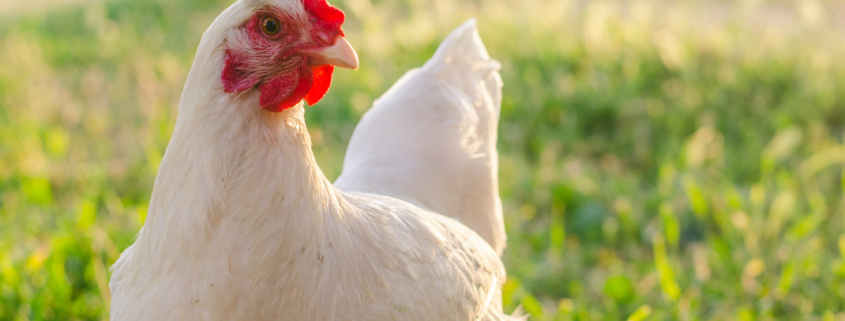
 Avianza
Avianza 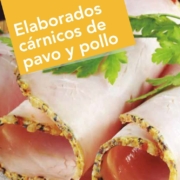
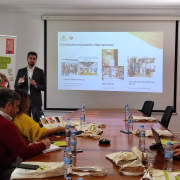
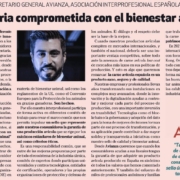
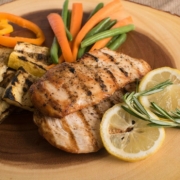 Mark_deyoung
Mark_deyoung  Avianza
Avianza 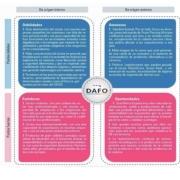 Revista Carnica
Revista Carnica